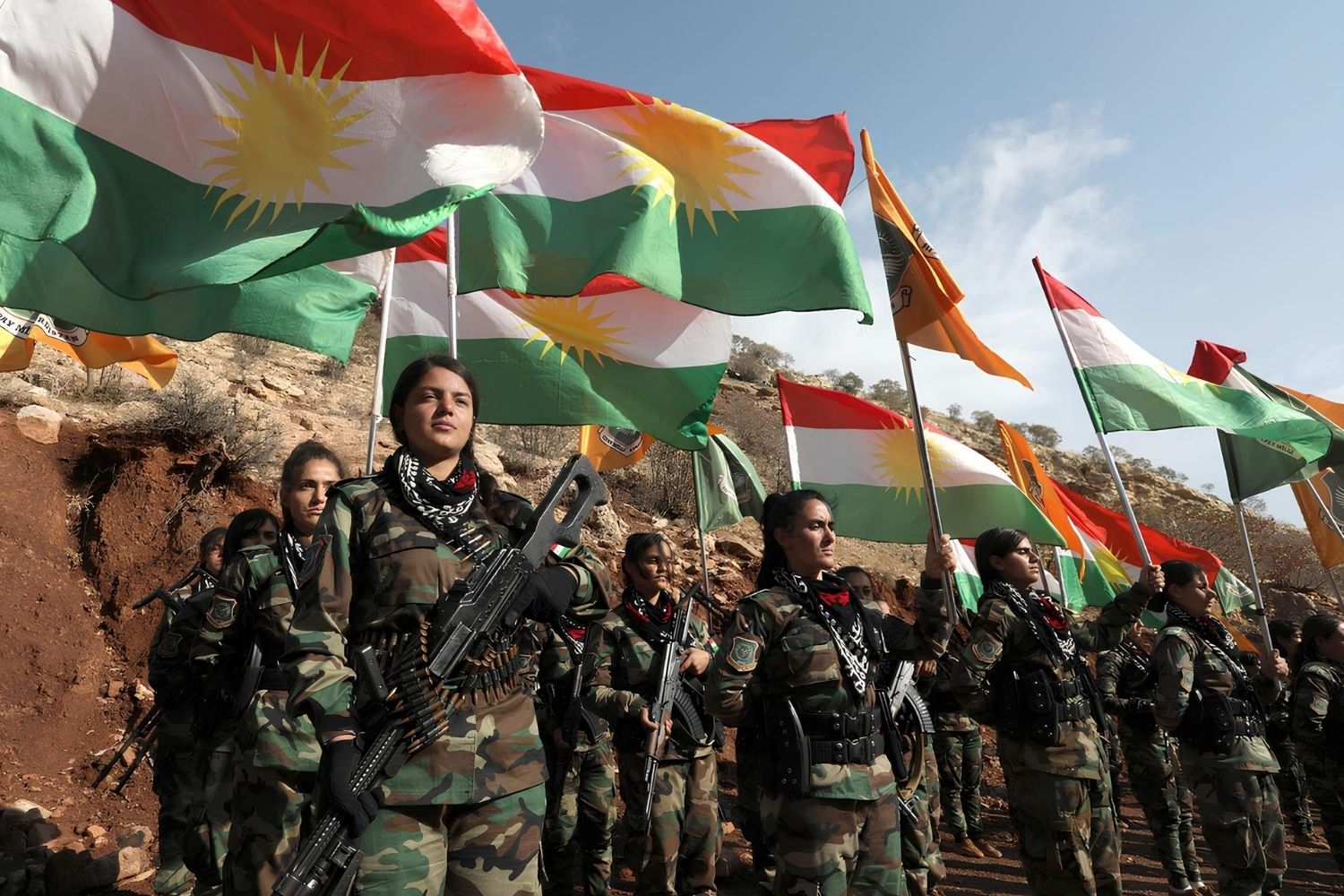
The Iran–PJAK conflict is a lesser-known yet significant struggle in the Middle East. This ongoing conflict involves the Iranian government and the Party for a Free Life in Kurdistan (PJAK), a Kurdish militant group. PJAK seeks greater autonomy and rights for Kurds in Iran, while the Iranian government aims to maintain its territorial integrity. This conflict has resulted in numerous clashes, casualties, and a complex web of political and ethnic tensions. Understanding the Iran–PJAK conflict sheds light on the broader Kurdish struggle for autonomy in the region and the challenges faced by minority groups in Iran. Here are 25 essential facts to help you grasp the intricacies of this conflict.
Key Takeaways:
- The Iran–PJAK conflict began in 2004 when a Kurdish group, PJAK, fought for Kurdish rights in Iran. It has led to battles, displacement, and humanitarian crises, drawing international attention and support.
- The conflict has deep historical roots and has drawn in various players, including Iran, PJAK, and international actors. It has had severe humanitarian consequences, disrupting lives and drawing reactions from around the world.
Origins of the Iran–PJAK Conflict
The Iran–PJAK conflict is a complex and ongoing struggle between the Iranian government and the Kurdistan Free Life Party (PJAK). This conflict has deep historical roots and significant implications for the region.
- The conflict began in 2004 when PJAK, a Kurdish militant group, started its armed struggle against the Iranian government.
- PJAK is an offshoot of the Kurdistan Workers' Party (PKK), which operates primarily in Turkey.
- The main goal of PJAK is to establish greater autonomy and rights for Kurds in Iran.
- Iran considers PJAK a terrorist organization and has launched numerous military operations against them.
- The conflict is part of a broader Kurdish struggle for autonomy across several countries, including Turkey, Iraq, and Syria.
Key Players in the Conflict
Understanding the main actors involved in the Iran–PJAK conflict is crucial to grasping its dynamics.
- PJAK is led by Abdul Rahman Haji Ahmadi, who lives in exile in Germany.
- The Iranian Revolutionary Guard Corps (IRGC) is the primary force combating PJAK.
- PJAK fighters are mostly young Kurds from Iran, Iraq, and Turkey.
- The conflict has also drawn in Kurdish civilians, who often find themselves caught in the crossfire.
- The United States has designated PJAK as a terrorist organization, complicating international relations.
Major Battles and Incidents
Several significant battles and incidents have marked the Iran–PJAK conflict, shaping its course over the years.
- In 2011, Iran launched a major offensive against PJAK, resulting in heavy casualties on both sides.
- PJAK has carried out numerous attacks on Iranian military installations and border posts.
- The conflict has led to the displacement of thousands of Kurdish civilians.
- In 2015, PJAK declared a unilateral ceasefire, which Iran did not fully reciprocate.
- Despite the ceasefire, sporadic clashes and skirmishes continue to occur.
Humanitarian Impact
The Iran–PJAK conflict has had severe humanitarian consequences, affecting countless lives.
- Many Kurdish villages have been destroyed or abandoned due to the fighting.
- The conflict has disrupted education and healthcare services in affected areas.
- Landmines planted during the conflict pose a long-term danger to civilians.
- Human rights organizations have reported abuses by both PJAK and Iranian forces.
- The conflict has exacerbated poverty and unemployment in Kurdish regions of Iran.
International Reactions and Involvement
The Iran–PJAK conflict has drawn international attention and reactions from various countries and organizations.
- Turkey has supported Iran's efforts against PJAK due to its own conflict with the PKK.
- The European Union has expressed concern over human rights violations in the conflict.
- The United Nations has called for a peaceful resolution and respect for Kurdish rights.
- Some Kurdish diaspora communities in Europe and the United States have voiced support for PJAK.
- The conflict remains a contentious issue in Iran's relations with Western countries.
Final Thoughts on the Iran–PJAK Conflict
The Iran–PJAK conflict is a complex and ongoing struggle that has shaped the region's political landscape. This conflict involves Iran and the Party for a Free Life in Kurdistan (PJAK), a Kurdish militant group. The roots of this conflict lie in the broader Kurdish struggle for autonomy and rights within Iran. Over the years, both sides have experienced significant casualties, and the conflict has led to numerous human rights violations.
Understanding the Iran–PJAK conflict requires looking at the historical, political, and social factors that fuel it. The Kurdish population's desire for greater autonomy and the Iranian government's efforts to maintain control have created a volatile situation. As the conflict continues, it remains a critical issue for regional stability and international relations.
By examining these facts, we gain a clearer picture of the challenges and complexities surrounding this ongoing conflict.
Frequently Asked Questions
Was this page helpful?
Our commitment to delivering trustworthy and engaging content is at the heart of what we do. Each fact on our site is contributed by real users like you, bringing a wealth of diverse insights and information. To ensure the highest standards of accuracy and reliability, our dedicated editors meticulously review each submission. This process guarantees that the facts we share are not only fascinating but also credible. Trust in our commitment to quality and authenticity as you explore and learn with us.
